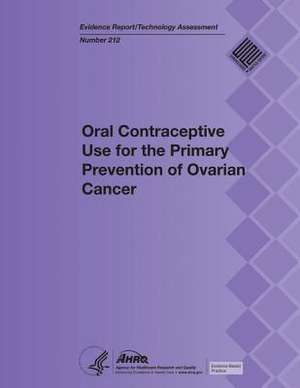Oral Contraceptive Use for the Primary Prevention of Ovarian Cancer
Autor U. S. Department of Heal Human Services, Agency for Healthcare Resea And Qualityen Limba Engleză Paperback
Preț: 264.97 lei
Preț vechi: 278.91 lei
-5% Nou
Puncte Express: 397
Preț estimativ în valută:
50.72€ • 55.11$ • 42.63£
50.72€ • 55.11$ • 42.63£
Carte disponibilă
Livrare economică 31 martie-14 aprilie
Preluare comenzi: 021 569.72.76
Specificații
ISBN-13: 9781491058565
ISBN-10: 1491058560
Pagini: 518
Dimensiuni: 216 x 280 x 26 mm
Greutate: 1.19 kg
Editura: CREATESPACE
ISBN-10: 1491058560
Pagini: 518
Dimensiuni: 216 x 280 x 26 mm
Greutate: 1.19 kg
Editura: CREATESPACE
